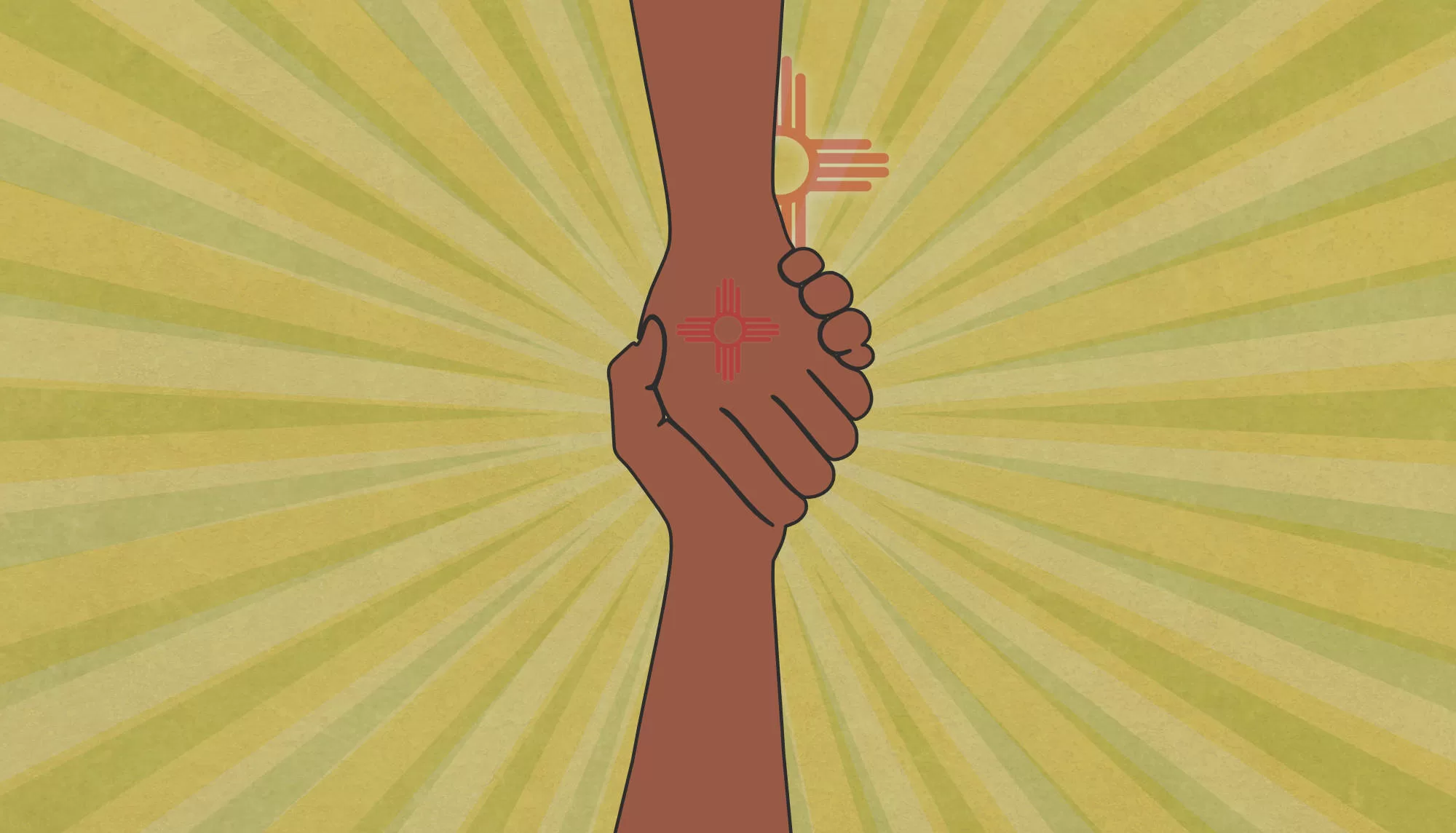Where Are We and Are We There Yet?
As a society we are emerging from one phase but have not arrived at the next one. We are in an emotional state that psychologists call liminality.
One of the best parts of my multidisciplinary work is being introduced to new concepts, frameworks, and terms. One word that brings me great comfort is liminal, as in being in a liminal place. This is a psychological state of mind, where liminal feelings are feelings of tension and unease created by considerable change. Liminal feelings can be created by all sorts of changes, like starting in a new school, moving to a new town, or beginning a new job. Emerging from two years of lockdown is the perfect example of being in a liminal state. These changes can make our future seem uncertain.
A good example is that after graduation from college, many students find themselves in a liminal state before they’re fully established in the workplace. In a post-pandemic society where many workforces have been altered, liminality is rampant among job seekers.
The liminal stage is the middle stage, the in-between period. This phase is the transitional time during which a person has not yet fully reached their new status in whatever form of passage he or she is moving through. Both people and societies pass through the states of liminality.
One can explore the three stages of liminality, considered as a rite of passage. All rites of passage are characterized by three distinct phases. Phase one is separation, which is leaving what we know, followed by phase two, called transition, a time of experimenting, observing and and growth. Phase three can be called reinvention, reintegration or, in the language of computers, a successful reboot.
I find myself using the term liminal a lot these days, as we work with our 100% New Mexico initiative county stakeholders. We, like the rest of the nation, are emerging from a pandemic filled with disruptions to healthcare, education, social services, and jobs. We may feel disoriented and unsure of the society we now navigate. Questions I hear daily from across the state suggest a liminal state of mind.
“Are all our families OK?”
“How did our student’s do in two years of disruption?”
“What’s the status of our healthcare system?”
“Can we start rebuilding vital services?”
“What happened to our workforce?”
“Do our leaders have a plan for the future?”
“What should I be doing?”
Those asking the questions have a strong sense that society has changed in fundamental ways. We are not the New Mexico we were before the pandemic. Two years of intense disruptions to key parts of our daily lives (e.g. school, work, services) has changed us, yet we don’t have the data to know how and to what degree. We have left phase one of liminality.
Hearing the phrase, “We are post-pandemic” suggests to me that we have arrived at the second phase of liminality, that in-between phase. It arrives with a sense of insecurity but can also offer opportunities for new insights and growth.
Many questions
Those of us engaged in ensuring ten vital services for surviving and thriving have many questions about our families’ medical, mental, and financial health, as well as their access to local family-serving organizations. We seek to understand how things have changed for New Mexicans in all our communities across all 33 counties.
Before the pandemic emerged, we had surveys implemented that indicated large gaps in vital services across many sectors. Every county was different, but barriers to services were commonplace, especially related to accessing medical and mental health care along with job training.
We now need to know what impact two years of lockdown existence had on access to the services many of our families depend on. Right now, 100% Bernalillo County is conducting their survey that will give us valuable insights about how seamless a system of care exists in the state’s most populated county. All our county initiative participants are engaged in reaching out to community members, informally and through surveys, to assess our status quo. We are all in this liminal state together, and together we can move forward. Amid what feels like shifting plates, we can design a county plan to get to the final phase of liminality where we unite to reinvent, reintegrate, and reboot on a countywide scale.
While liminality is not one of the most pleasant emotional states to be in, it’s a doorway to growth. We stand in an uncertain place in a nation struggling to formulate a coherent plan forward. Our mobiles are filled with mixed media messages of distractions, delusions, and disempowerment. This is not what anyone needs right now to move to a more stable place as individuals, families, communities, or as a state. Luckily, with the 100% New Mexico initiative, we have a blueprint to guide all county stakeholders and residents out of insecurity and uncertainty toward a new phase in New Mexico. It can be a phase of reinvention where the final phase of liminality represents a land of compassion, stability, empowerment, and enlightenment.
Mission: The 100% New Mexico initiative is dedicated to ensuring that 100% of families can access ten vital services crucial for their overall health, resilience, and success. This university-sponsored endeavor necessitates the local implementation of evidence-based strategies encompassing both community and school-based service hubs, aiming to prevent the most pressing and costly public health and safety challenges, including adverse social determinants of health and adverse childhood experiences.
Don’t miss a blog post! Get notified!
The 100% New Mexico initiative is a program of the Anna, Age Eight Institute at New Mexico State University, College of Agricultural, Consumer and Environmental Sciences, Cooperative Extension Service. Contact: annaageeight@nmsu.edu or visit annaageeight.nmsu.edu to learn more.




